On November 14, 2024, Delhi became the world’s most polluted city, with the Air Quality Index (AQI) reaching a dangerous level of 1000. This sudden increase in pollution, along with thick smog and low visibility, created a serious air emergency in the city. As Delhi faced these hazardous air conditions, the situation had a significant impact on the population, government, and real estate industry.
The India Meteorological Department (IMD) reported that in some areas of Delhi, visibility dropped to just 100 meters (328 feet) around 8 AM. The Central Pollution Control Board also recorded an AQI of 355 at 7 AM, which rose to 370 by 10 AM. This was the first time this year that the AQI for PM2.5 in Delhi crossed the 1000 mark. The city was covered in a thick grayish-yellow smog, worsening the already poor air quality.
Understanding the AQI Crisis
The Air Quality Index (AQI) measures air pollution on a scale of 0-500, with readings above 100 categorized as unhealthy, and those above 400 marked as “severe.” On November 14, Delhi’s AQI touched an alarming 1000, officially classifying the air as “hazardous.” Such levels are considered an emergency, where everyone, regardless of health, is at risk of respiratory issues and other serious health conditions. The main pollutants contributing to this hazardous condition are PM2.5 and PM10, which are tiny particulate matter that can penetrate deep into the lungs and bloodstream, causing chronic diseases like asthma, heart problems, and respiratory infections.
Factors Contributing to Delhi’s Pollution Crisis
The immediate cause of this extreme pollution event lies in a combination of natural and human-induced factors:
Stubble Burning: One of the biggest contributors to Delhi’s winter pollution is the burning of rice straw in neighboring states like Punjab and Haryana. During harvest season, farmers burn crop residue to clear fields for the next planting cycle, releasing massive amounts of smoke and particulate matter into the atmosphere. These pollutants travel into Delhi, exacerbating the already poor air quality.
Industrial Emissions: Delhi’s industrial sectors, including manufacturing and construction, contribute significantly to pollution. These emissions release toxic gases, volatile organic compounds (VOCs), and particulate matter into the air, worsening the already strained atmosphere.
Vehicle Emissions: With millions of vehicles on the road, especially diesel-powered ones, Delhi's traffic is a constant source of air pollution. In the colder months, the lack of wind worsens the concentration of vehicular emissions, creating a stagnant smog.
Meteorological Conditions: Delhi’s winter months are characterized by low wind speeds, which prevent the dispersal of pollutants. This stagnation traps the smoke and emissions, leading to high concentrations of hazardous particles in the air.
Impact of Delhi’s Air Pollution Crisis on the Real Estate Sector
The pollution crisis has also directly impacted sectors like construction, which are heavily regulated during such extreme conditions. Under the Graded Response Action Plan (GRAP), the government ordered a suspension of all construction and demolition activities in Delhi during the pollution emergency. This measure is intended to prevent the further release of particulate matter into the air, but it creates significant challenges for the real estate sector. The government’s stringent measures under the Graded Response Action Plan (GRAP) to curb pollution have directly impacted the construction industry, a key driver of the economy.
Temporary Construction Halts and Project Delays
One of the most immediate effects of the severe pollution in Delhi is the suspension of construction activities. Under Stage 4 of the GRAP, which was invoked during the November pollution crisis, all construction and demolition (C&D) work in Delhi-NCR is temporarily halted. This includes critical infrastructure projects as well as residential and commercial developments.
The halt in construction activities has led to significant delays in project timelines. Developers, especially those working on high-demand residential and commercial properties, are facing the challenge of meeting deadlines. In India’s real estate sector, delays in construction not only cause financial strain but also affect the delivery schedule to buyers, leading to customer dissatisfaction. Builders are also concerned about potential penalties from the Real Estate (Regulation and Development) Act (RERA), which mandates timely delivery of projects.
Impact on Employment and Labor Workforce
The construction sector is one of the largest employers in Delhi-NCR, with thousands of laborers and construction workers depending on the industry for their livelihood. The suspension of construction activities directly impacts these workers, many of whom are already grappling with the seasonal nature of their jobs. While the GRAP restrictions are temporary, the impact on the workforce is significant, as workers may face periods of unemployment during the pollution peaks.
Moreover, delays in construction projects mean extended work durations, which can result in income instability for workers. This also affects the wider supply chain, including suppliers of materials, subcontractors, and service providers, amplifying the economic impact across the construction ecosystem.
Increased Construction Costs and Financial Strain
Another notable consequence of pollution-related construction halts is the increase in project costs. The inability to continue with construction during high pollution periods can lead to cost overruns. Developers are forced to reschedule work, resulting in extended project durations and additional expenses. These delays might increase labor costs, extend rental agreements for machinery, and incur additional administrative expenses.
Furthermore, real estate developers in Delhi-NCR are already facing financial pressures due to high land prices, rising input costs, and fluctuating demand in the market. When coupled with the financial burden caused by halted work, the viability of some projects may come under threat. In some cases, developers may have to secure additional funding to keep projects afloat, further complicating the financial outlook for these developments.
Strategic Adaptations and Sustainability Focus
While the pollution crisis brings short-term challenges to the real estate sector, it also presents an opportunity for innovation and adaptation. Developers are looking to mitigate the impact by focusing on non-polluting activities during pollution peaks. Tasks like interior work, plumbing, electrical fittings, and landscaping, which do not contribute to air pollution, continue even when construction work is halted.
Moreover, the pollution crisis highlights the need for more sustainable construction practices. Developers are increasingly turning to green technologies, such as low-emission machinery, energy-efficient building materials, and waste-reduction measures, to reduce the environmental impact of their projects. There is also a growing emphasis on building structures with better air filtration systems, promoting healthier living environments for the residents.
Long-term, this could lead to a shift in the way real estate projects are planned and executed. Increased focus on eco-friendly construction, renewable energy solutions, and sustainable urban planning practices may become a key differentiator for developers aiming to stand out in a polluted urban environment.
Long-Term Effects on Property Demand
While the immediate impacts of air pollution on construction are significant, the long-term effects on property demand in Delhi-NCR remain to be seen. High pollution levels can have a direct impact on the quality of life, which could influence homebuyers' preferences in the region. Many potential homebuyers are now considering factors like air quality, green spaces, and environmental sustainability when choosing properties.
There may also be a shift towards projects located in areas less prone to severe air pollution, or developers may focus on designing homes that offer solutions to air pollution, such as air purifiers, ventilation systems, and green buildings. Such measures could appeal to a more health-conscious and environmentally aware buyer base, especially in a city that is struggling with air quality.
Impact on Commercial Real Estate
The commercial real estate sector in Delhi is also affected by pollution. Business owners and corporate tenants are increasingly prioritizing employee health and well-being, especially in the wake of rising air pollution. Companies may be reluctant to invest in office spaces located in high-pollution areas, opting instead for locations that offer better air quality, green initiatives, and modern amenities.
This shift could lead to increased demand for commercial properties that prioritize sustainable construction and environmental friendliness, particularly in areas where pollution levels are lower. Developers of commercial spaces may also incorporate more advanced HVAC (heating, ventilation, and air conditioning) systems, air purifiers, and green certifications in their designs to attract tenants seeking healthier work environments.
Government Response and Future Prospects
In response to the pollution crisis, the Delhi government has been taking measures to curb emissions, such as the odd-even vehicle scheme, stricter industrial regulations, and increased monitoring of construction activities. These actions, while necessary, have led to disruptions in the real estate sector, especially when construction work is halted during peak pollution periods.
As Delhi’s pollution levels rise, it is crucial for developers to adopt green practices and design solutions that prioritize health, sustainability, and cleaner air. This strategic shift could not only mitigate the effects of pollution but also define the future of real estate in Delhi.

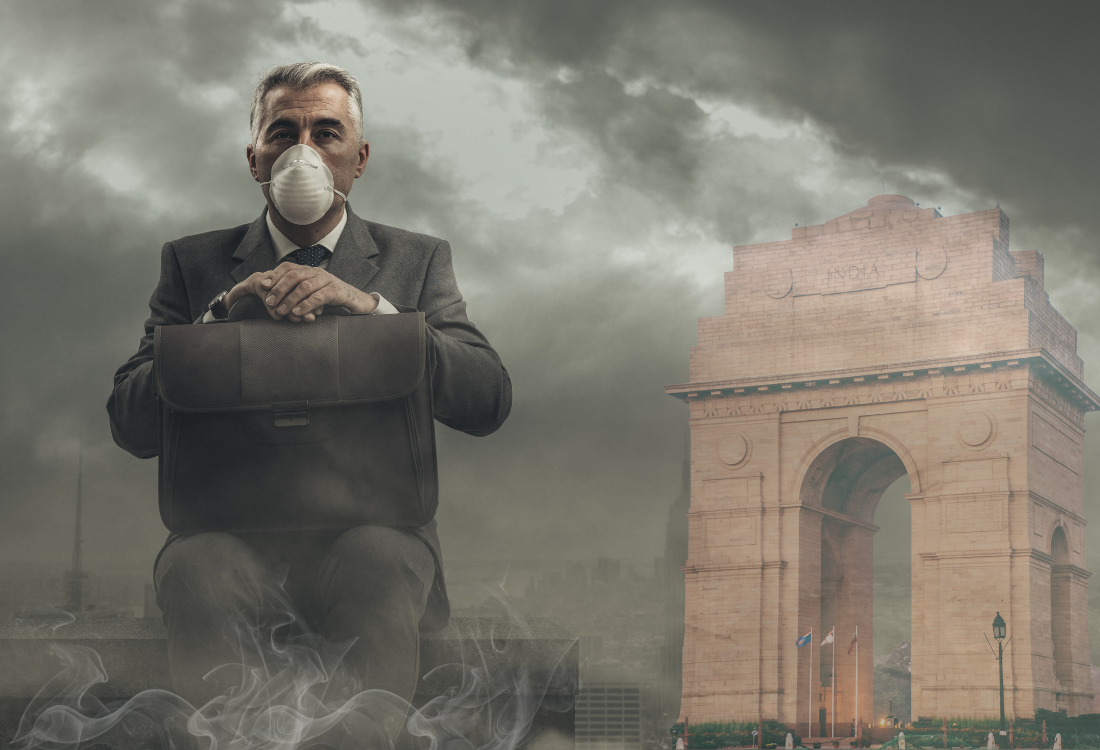
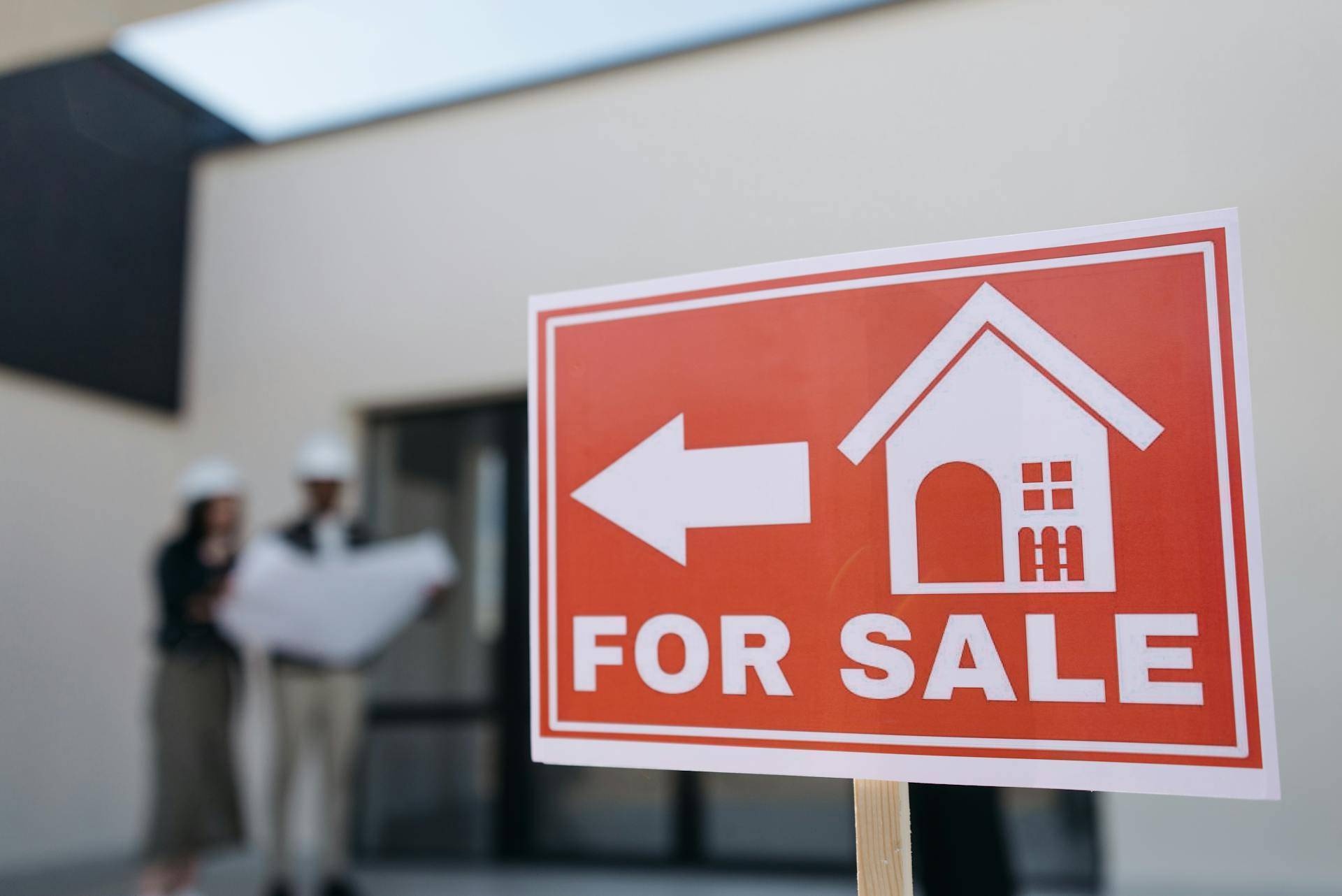


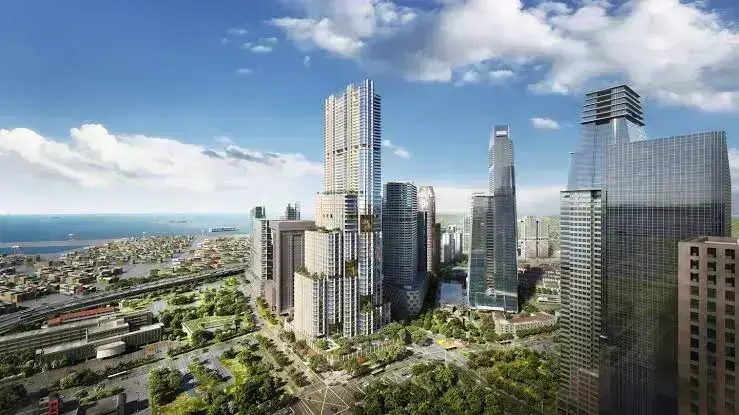
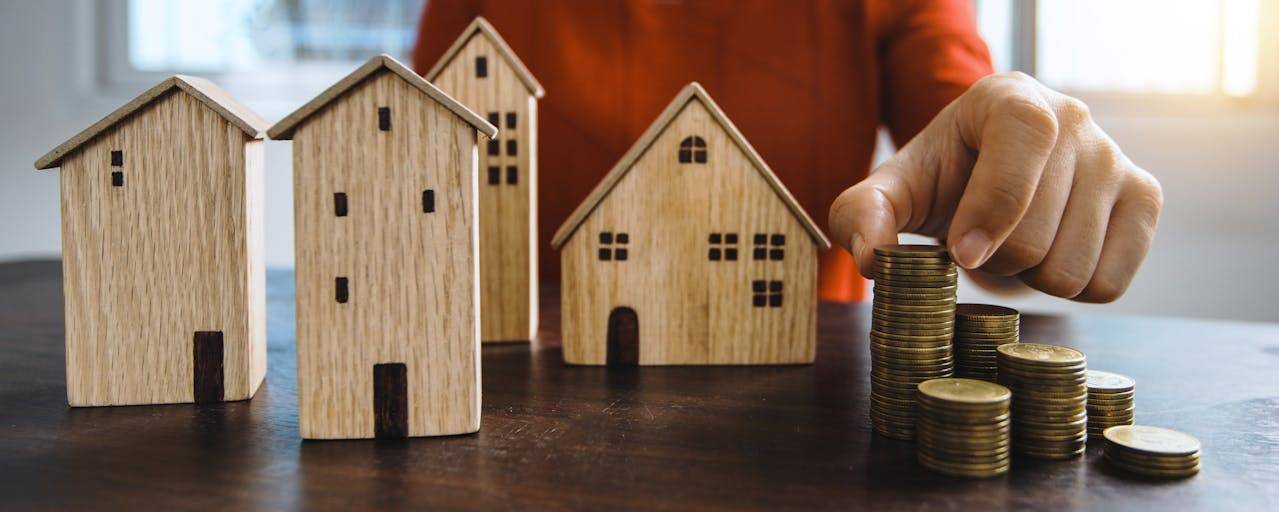
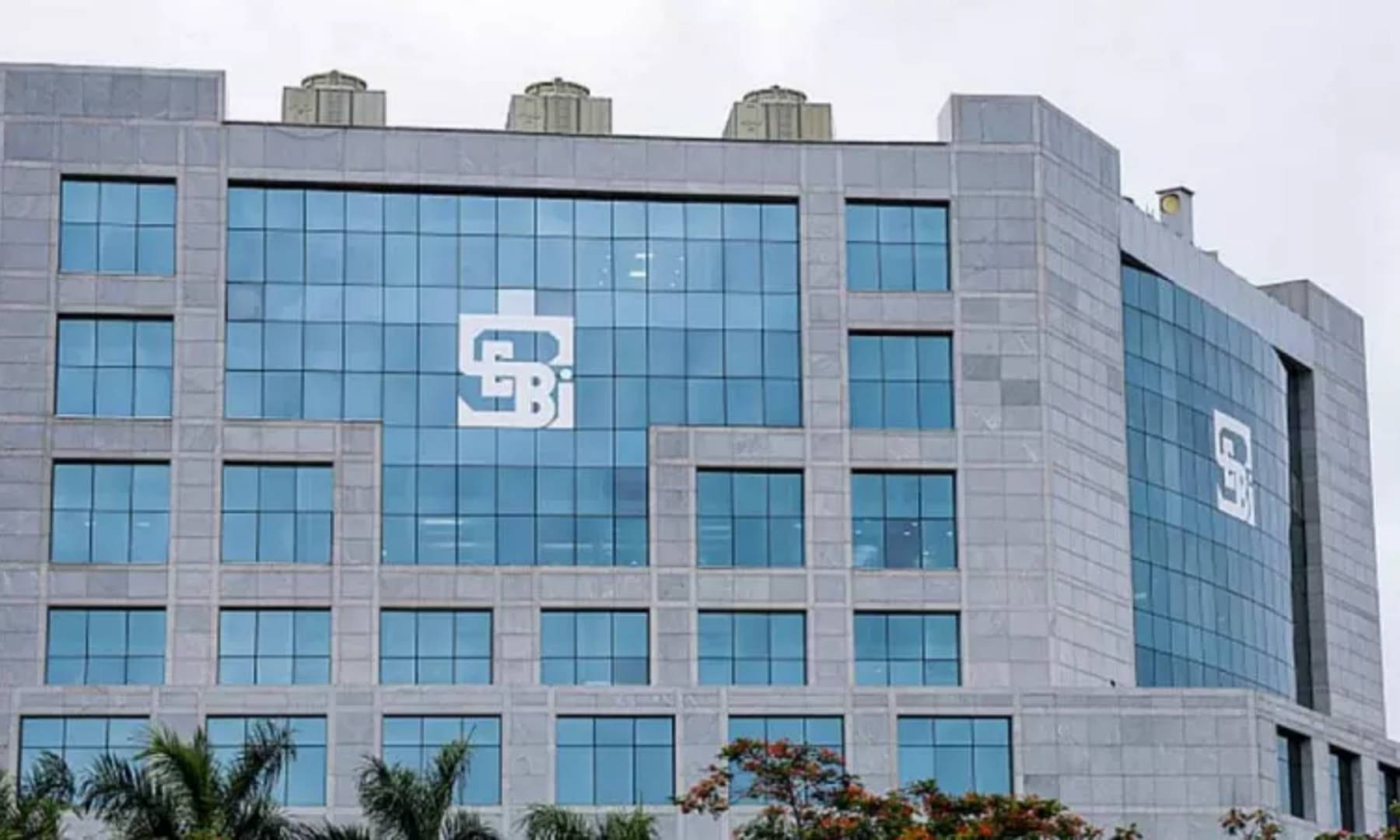
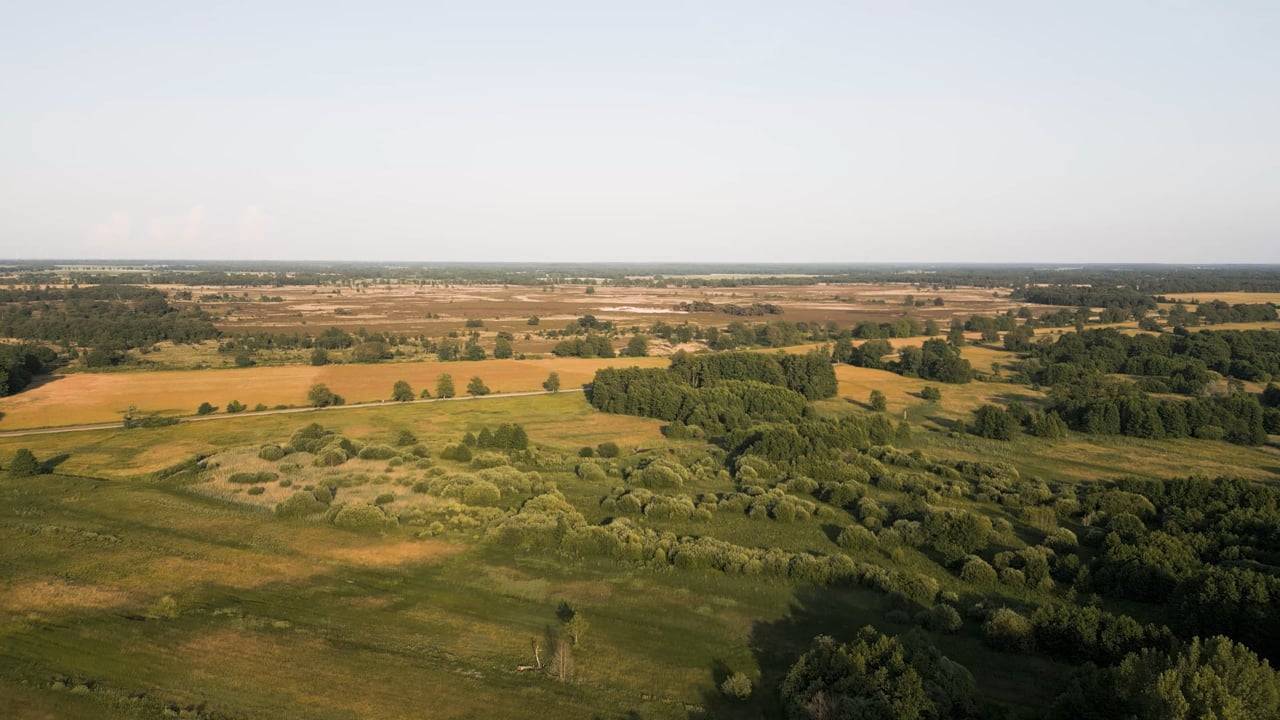
.png)